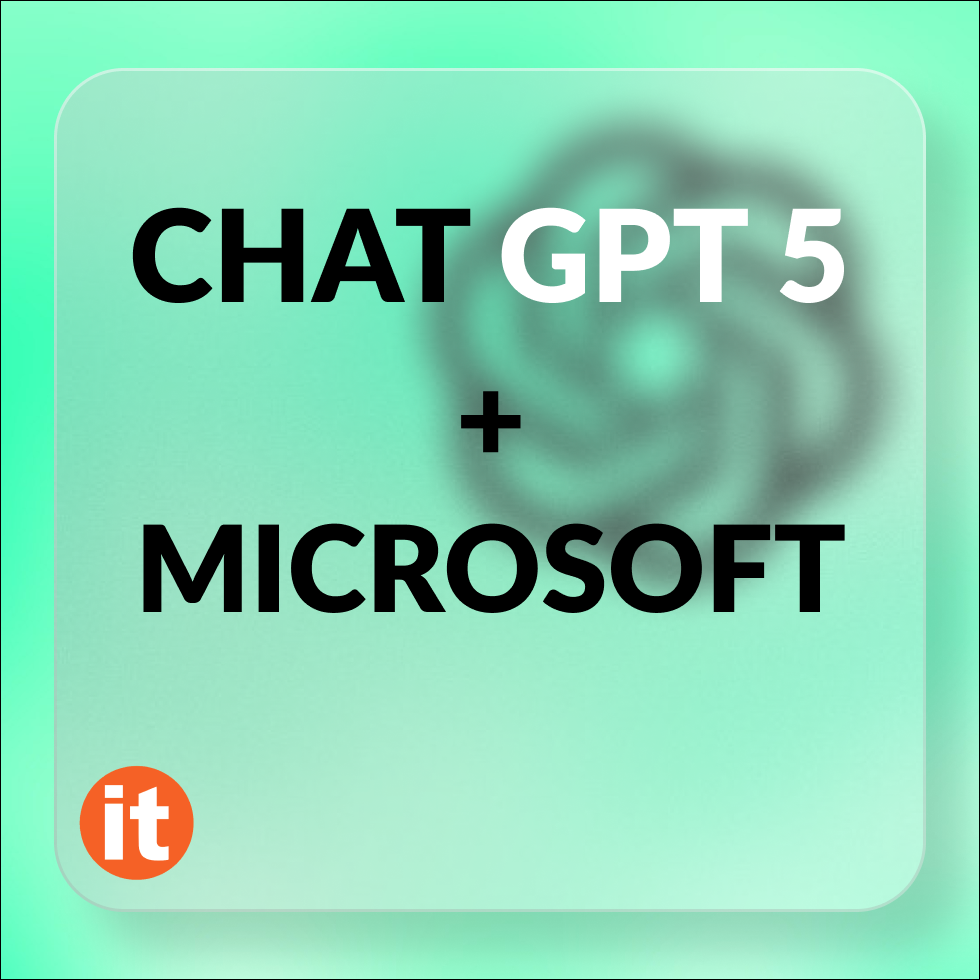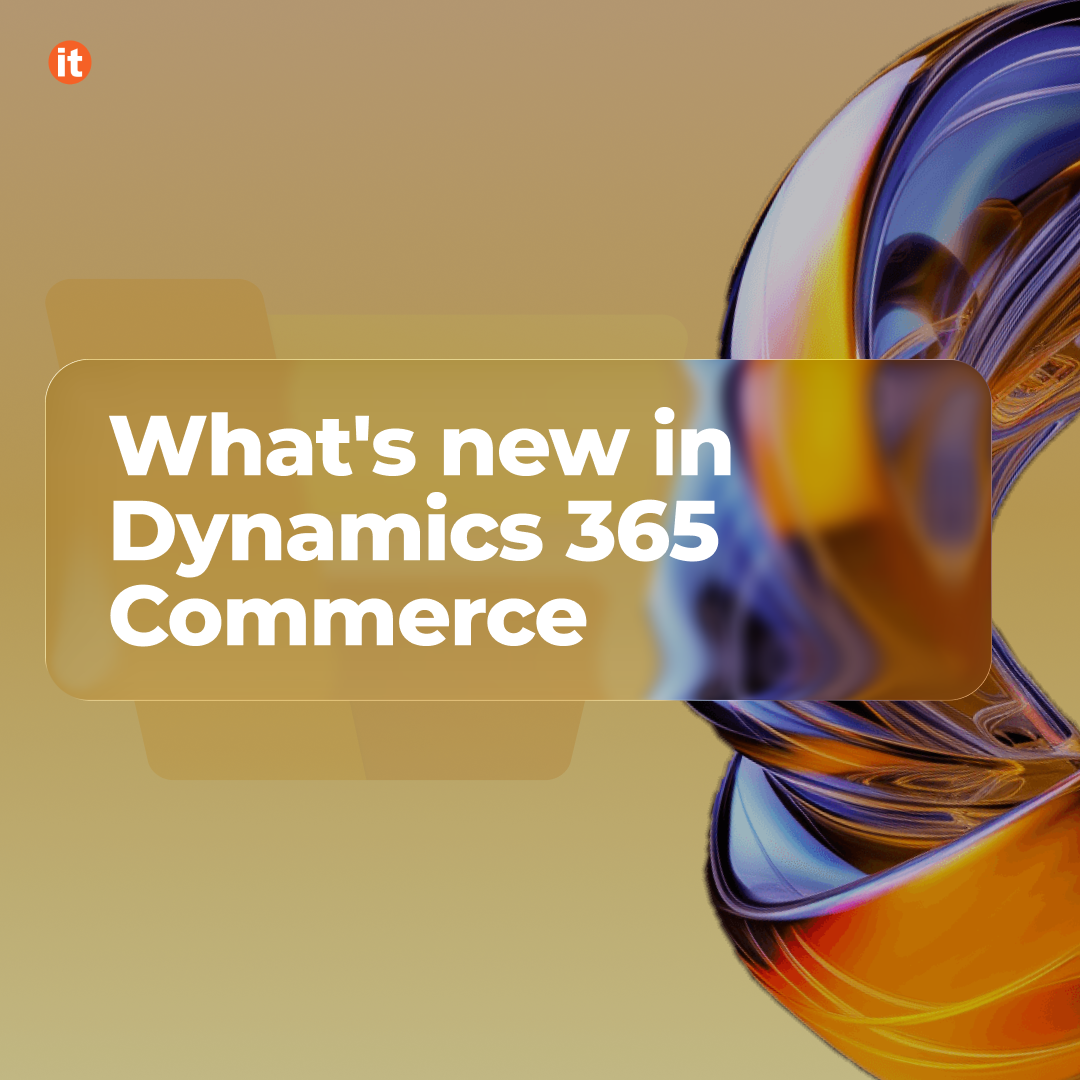The recent release of ChatGPT-5 by OpenAI has become the most discussed news of the past week in the IT industry and beyond.
OpenAI CEO Sam Altman made quite an ambitious statement:
“I think having something like GPT-5 would have been pretty much unimaginable at any previous time in human history.”
The company claims that the chatbot has expertise equivalent to a PhD in fields such as programming and writing.
OpenAI reported that GPT-5 can develop complex software solutions and demonstrates advanced reasoning skills. The model not only answers questions but also explains its thought process, reveals logic, and provides well-founded conclusions.
The developers state that the new version has become more honest, more precise in its phrasing, and closer to a human communication style.
Sam Altman emphasized that GPT-5 “significantly outperforms” previous generations in terms of capabilities.
Not everyone is convinced about the true potential of artificial intelligence.
For example, Prof Carissa Véliz of the Institute for Ethics in AI does not share the excitement around the release of ChatGPT-5.
“These systems, as impressive as they are, haven’t been able to be truly profitable,” she said. She also noted that they can only mimic human reasoning abilities rather than genuinely emulate them.
The integration of GPT-5 also affects commercial companies that have expressed concerns about the use of their content.
“As AI content becomes more convincing, we need to ask ourselves—are we protecting the people and creativity behind what we see every day?” said Grant Farhall, Chief Product Officer at Getty Images. “Authenticity matters—but it doesn’t come for free.”
While the world discussed the news, Microsoft successfully integrated GPT-5 into its services on its release day.
Microsoft Copilot
Microsoft Copilot is an AI assistant that helps users handle everyday tasks: finding answers to complex questions, improving text, and turning ideas into images.
At the heart of the intelligent mode is the latest GPT-5 model, which assists users in finding optimal solutions for their requests, ranging from searching for complex information to generating images based on their ideas.
You can try GPT-5 in Microsoft Copilot for free — visit copilot.microsoft.com or use the Copilot app on Windows, Mac, Android, and iOS.
Licensed Microsoft 365 Copilot users will also be able to analyze emails, documents, and files, allowing corporate users to leverage OpenAI’s most advanced models to manage their workflows and boost productivity.
ChatGPT-5 in Microsoft Copilot Studio
GPT-5 has also been added to Microsoft Copilot Studio — a platform for creating custom agents. By selecting GPT-5 in prompt settings, users can equip agents with the ability to handle more complex business processes.
When GPT-5 Auto mode is selected, the agent uses the GPT-5 real-time router to determine whether to utilize the high-throughput model or the deep reasoning model. This allows it to automatically select the optimal balance between speed and depth of planning.
- High-throughput model — responds faster, understands text and context well, but engages in less “deep” reasoning.
- Deep reasoning model — slower, but better suited for multi-step tasks such as planning, analysis, and complex logical chains.
An alternative is GPT-5 Reasoning, where the agent always uses the deep reasoning model for complex scenarios.
One of the key tools in Copilot Studio for building agents is custom prompts. They allow developers to provide AI models with specific instructions for completing individual tasks, such as generating a document in the required format based on gathered data or extracting an invoice number from a large set of uploaded invoices.
Now, developers creating custom prompt-based tools in early release cycle environments can choose between the high-throughput GPT-5 model and the deep reasoning model.
ChatGPT-5 for developers
All paid GitHub Copilot plans now include GPT-5, allowing users to test its effectiveness in code generation immediately.
GPT-5 is now integrated into Azure AI Foundry, providing developers with access to OpenAI’s flagship model for their AI-powered applications. A new “model router” now automatically picks the most suitable model version for each specific request or task.
Will AI replace programmers? How will artificial intelligence impact the labor market? Can we trust AI to make critically important decisions?
We will continue to monitor developments and share key news and analysis as they arise.




















